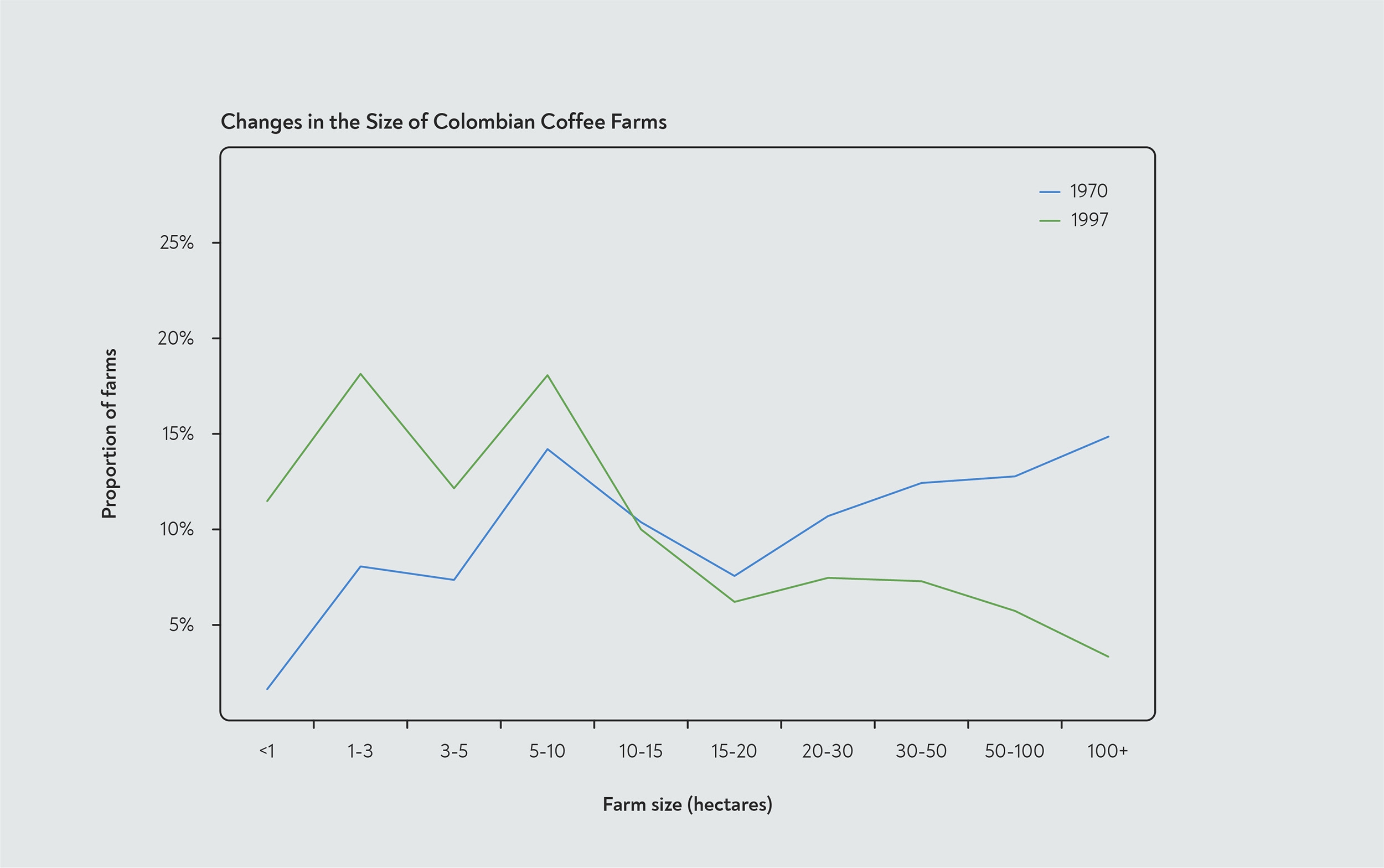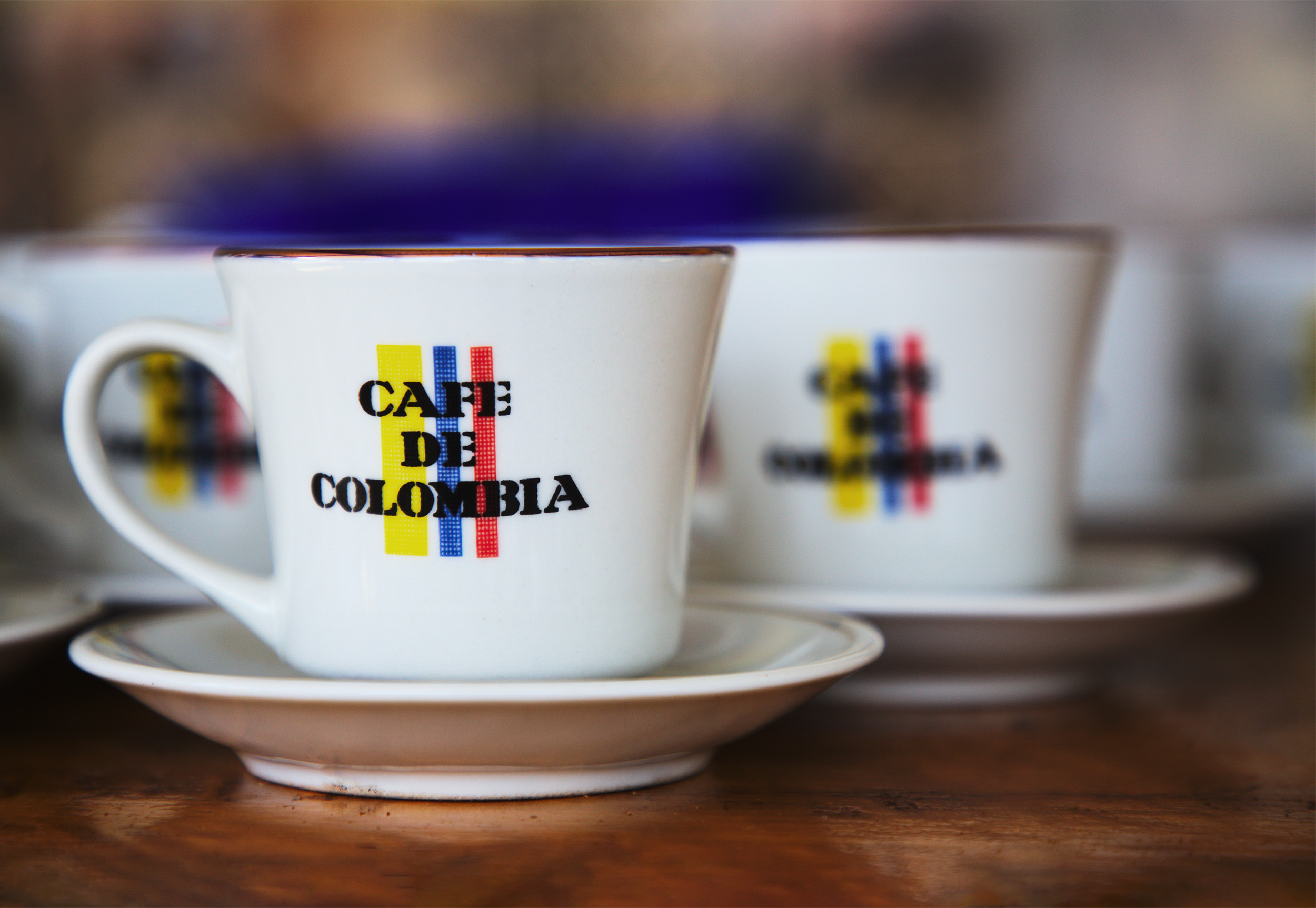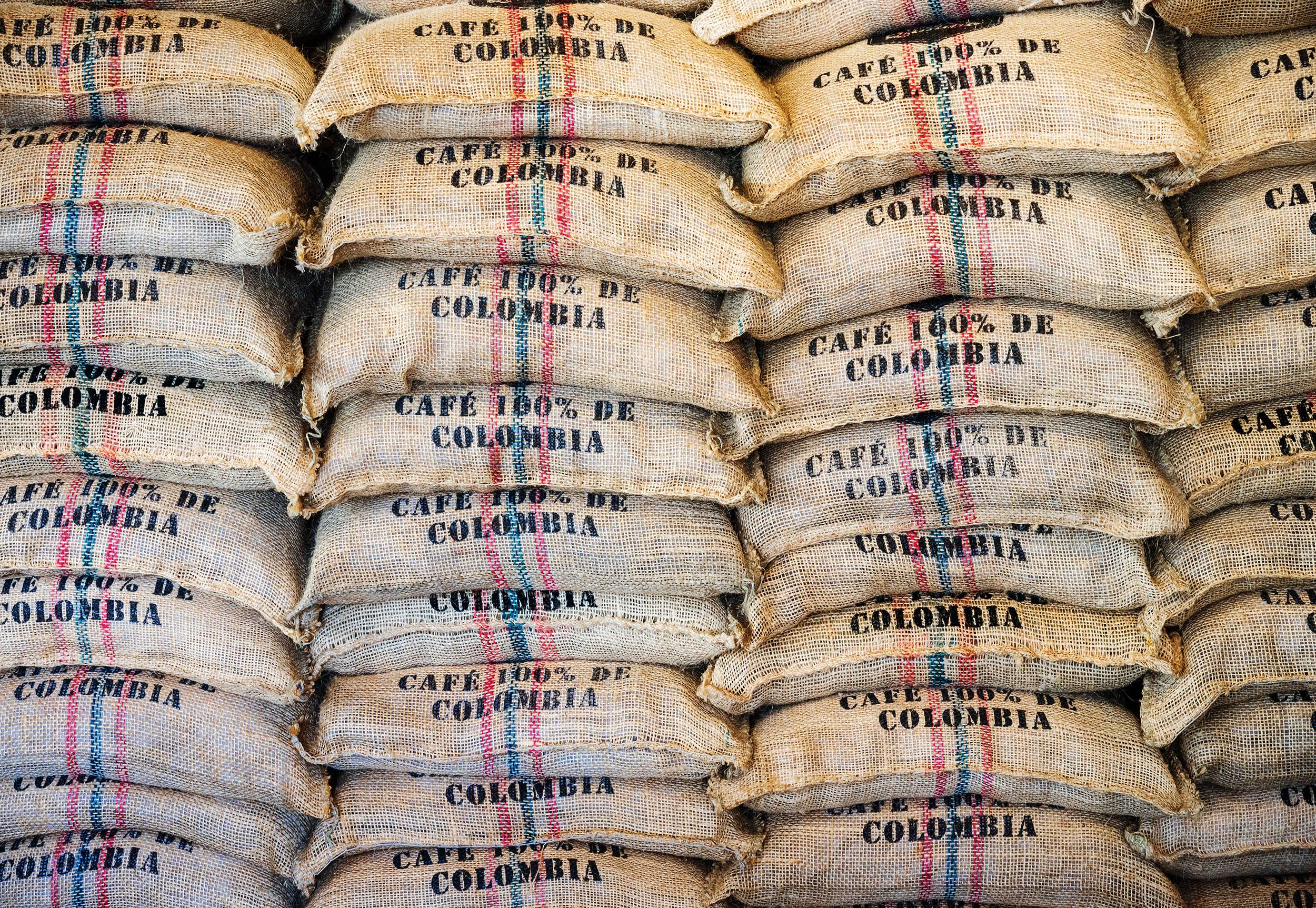Colombia was one of the first countries in the world to establish a reputation as a single-origin coffee producer, long before the term ‘specialty coffee’ was coined. The Federación Nacional de Cafeteros (FNC) registered a trademark for ‘100% Café de Colombia’ in the 1950s, promoting Colombia as a source of high-quality washed (‘mild’) coffee, compared with the lower-quality natural-processed coffee produced by Brazil.
From the 1960s until the 1990s, the FNC focused on establishing Colombian coffee as the preferred choice of large commercial brands, favouring homogeneity over regional distinctiveness (Giovannucci et al 2009). This helped cement Colombia’s reputation as a provider of reliable, good-quality coffee, but it also delayed recognition of the unique character of some of the country’s growing regions.
The FNC first registered ‘100% Café de Colombia’ as a trademark in the 1950s, and the federation has informed how Colombian coffee has been marketed ever since.
In Nariño, for example, most of the production was blended with coffee from other departments for export — until Starbucks began promoting single-origin coffee from Nariño at the end of the 1980s. From the 1980s onwards, there was a dramatic shift in the Colombian coffee industry, from the larger farms of the Eje Cafetero towards smallholder farmers, especially in the southwest of the country (Lozano 2010). Reforms in 1994 that redistributed agricultural land accelerated the rise of small farms, and the trend continued following the coffee-price crisis at the turn of the century (Cuellar-Gómez 2008). During price shocks, small producers rely on family labour to absorb the cost of production, while larger farms with more resources turn to cultivating other, more profitable crops (Lozano 2010).
 Between 1970 and 1997 there was a major shift in Colombian coffee production towards smaller farms. Source: Lozano (2007)
Between 1970 and 1997 there was a major shift in Colombian coffee production towards smaller farms. Source: Lozano (2007)
The market for coffee in Colombia remains very concentrated.

